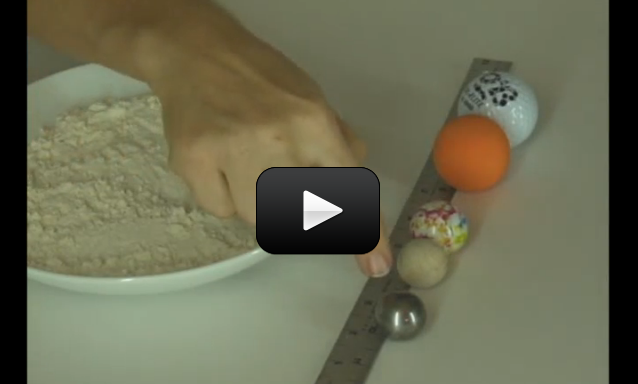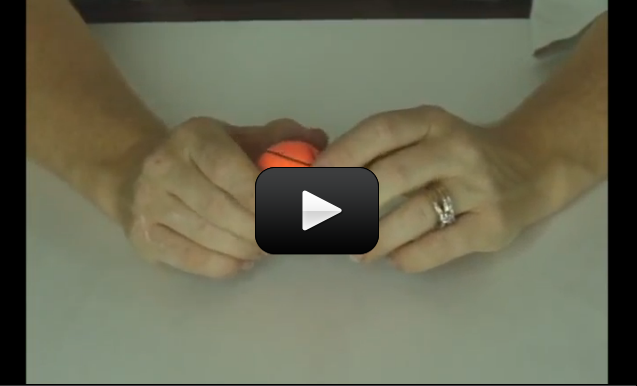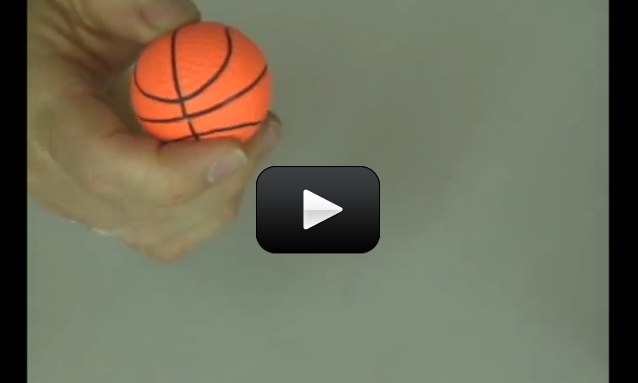Note: Do the pendulum experiment first, and when you’re done with the heavy nut from that activity, just use it in this experiment.
You can easily create one of these mystery toys out of an old baking powder can, a heavy rock, two paper clips, and a rubber band (at least 3″ x 1/4″). It will keep small kids and cats busy for hours.
Please login or register to read the rest of this content.





